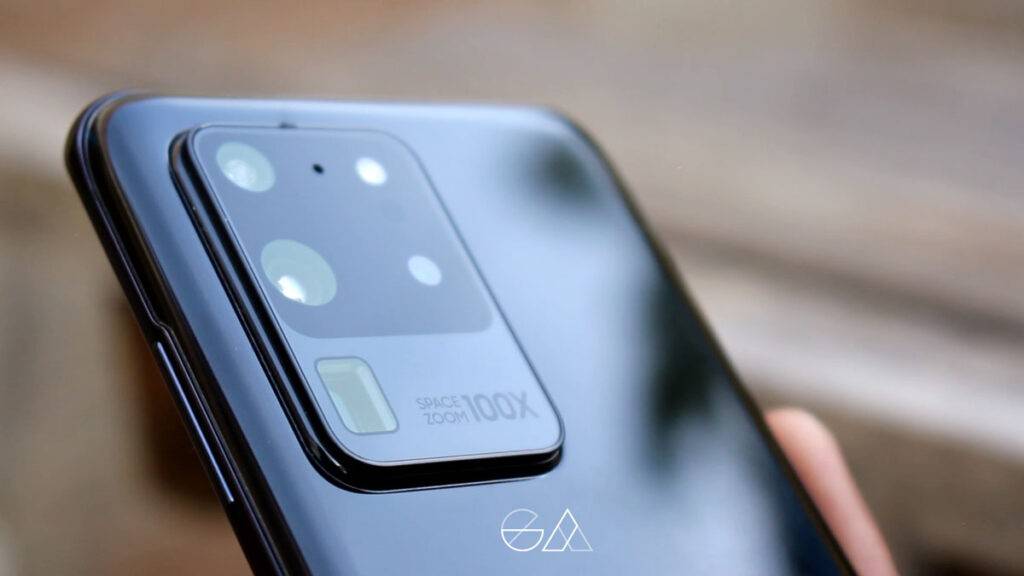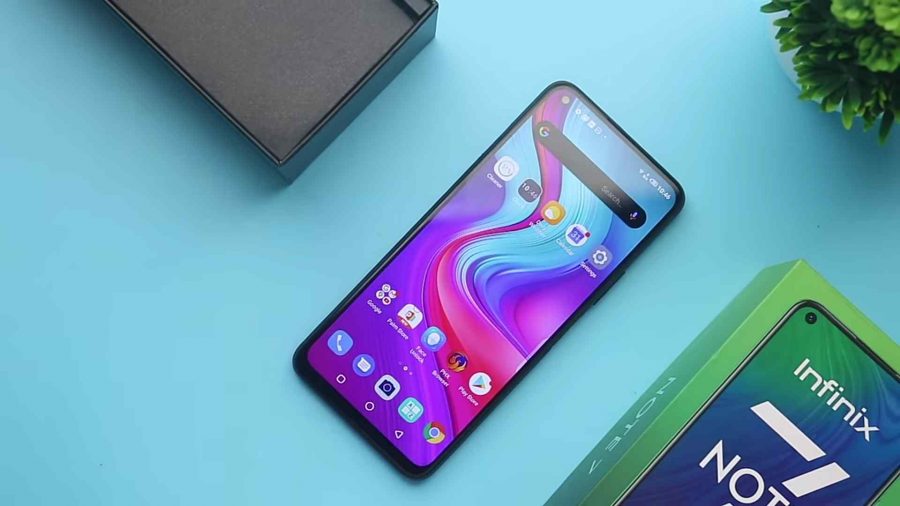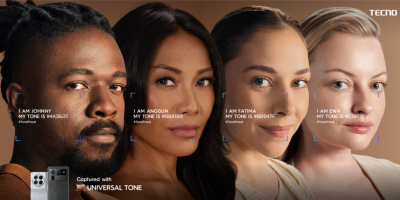When it comes to Kenyans choosing the best smartphones to buy, the camera is usually one of if not the only priority for many. I would dare you right now to go to a smartphone store in Nairobi and just listen around. It wouldn’t take you too long before you hear a client ask an attendant, “hii camera yake iko aje?”
And it is understandable that one would want to spend their thousands of shillings on a phone that will help create not only fond memories but also ones with good quality.
Smartphone companies have been trying their best to respond to the global demand for better cameras. Comparing the Samsung Galaxy S1 to the current S20 would be impossible. The difference would be unfathomable owing to over 10 years of tech advancement. But let’s also admit that it would be impossible to find a Galaxy S1 right now.


Flagship smartphones have been on the forefront when it comes to modern-day cameras. From Huawei to Samsung to Apple to OnePlus, the competition up there is so stiff. It has actually gotten to a point where people ask what the highest end will be. Will there be a time when increasing megapixels and zoom capabilities will be impossible? Maybe. Which is why some manufacturers are shifting focus towards software rather than the hardware.
It’s Not Always About The Megapixels
A good example of this would be the Google Pixel lineup. The Pixel series is not one that you would place up there when it comes to popularity. Getting the phones even in Kenya is a hustle since they do not officially sell here. But tech experts around the world surely rate it as one of the best smartphones when it comes to cameras.
Last year’s Google Pixel 3 lineup was famous for its subtle vibe in design and performance yet beastly nature in photography. Oh and get this, the main rear camera is just 12 megapixels. For such a tiny camera to be in the same conversation as the S10s and the P30s is nothing short of magic.
Google decided to go hard when it comes to integrating lots of camera software features. One would be HDR+(High Dynamic Range) that enables the phone to take multiple shots at different exposures and then combine them into one end product. Keep in mind that all this happens in the background so a user doesn’t have to get distracted while taking their single shot.
Another that has surely shaken up the industry would be Night Sight. As you know, this allows you to shoot images in dark environments without the need for a flashlight. But it’s not just about photography but also video capabilities. The phone is able to shoot videos at 4K at 30 frames per second which surely is impressive.
Image courtesy Gear Patrol
This same camera software was shifted to the Pixel 3a, a more affordable lineup that launched late 2019. This is why the question arises of whether budget phones can be used to give impressive camera features. Does it have to be an expensive affair to have a good camera?
Budget Smartphones Matter
Well, Google is trying to improve cameras on the budget segment as well. A new app, dubbed Camera Go was introduced earlier this year for Android GO (mostly Nokia) smartphones. This is with the aim of getting budget smartphones to take better photos and videos while also saving up on storage.
Image intelligence has also been one feature that has surely been a trend among brands like OPPO and Xiaomi in the last few years. This is mainly to help budget smartphones shoot images beyond natural camera capabilities and also help with editing. You can also see this as an effort to discourage the use of third-party camera apps, many of which have proven to disregard privacy policies.
Closer home, Infinix announced its partnership with IMINT (Imagery Intelligence), one that the company believes will be key to improving video experiences. Infinix said that this is part of a bigger effort to provide its users with “professional-level footage”.
This is meant to bring in improvements beyond basic videography with “stable and smoother quality”. IMINT notes that the project also involves giving future smartphones stabilisation so your videos don’t become so shaky. This is a problem that many brands including Samsung have been trying to solve even with their flagship devices.
“The collaboration with Infinix allows consumers in Africa to easily film with smartphones and achieve professional-level footage; a smoother and more stable video quality is guaranteed,” IMINT said.
Xiaomi, that has significantly improved when it comes to cameras teamed up with IMINT as well in 2018. So, it will definitely be interesting to test out how Infinix tends to play catch up with its smartphones. The Infinix Note 7 is the first smartphone powered by IMINT’s Vidhance Video Stabilization solution.


Image courtesy The Correct Blogger
Infinix also promises that this new team-up will not have an implication on cost as it intends to keep venturing in the budget segment.
“There is no cost implication for consumers. Nowadays, young consumers are quite informed of their individual demand and they have a strong expectation of the kind of phone to own within a given budget. Infinix has a unique value proposition to encourage young consumers to be who they really are, to pursue their dreams,” reads the statement from Infinix.





Comments